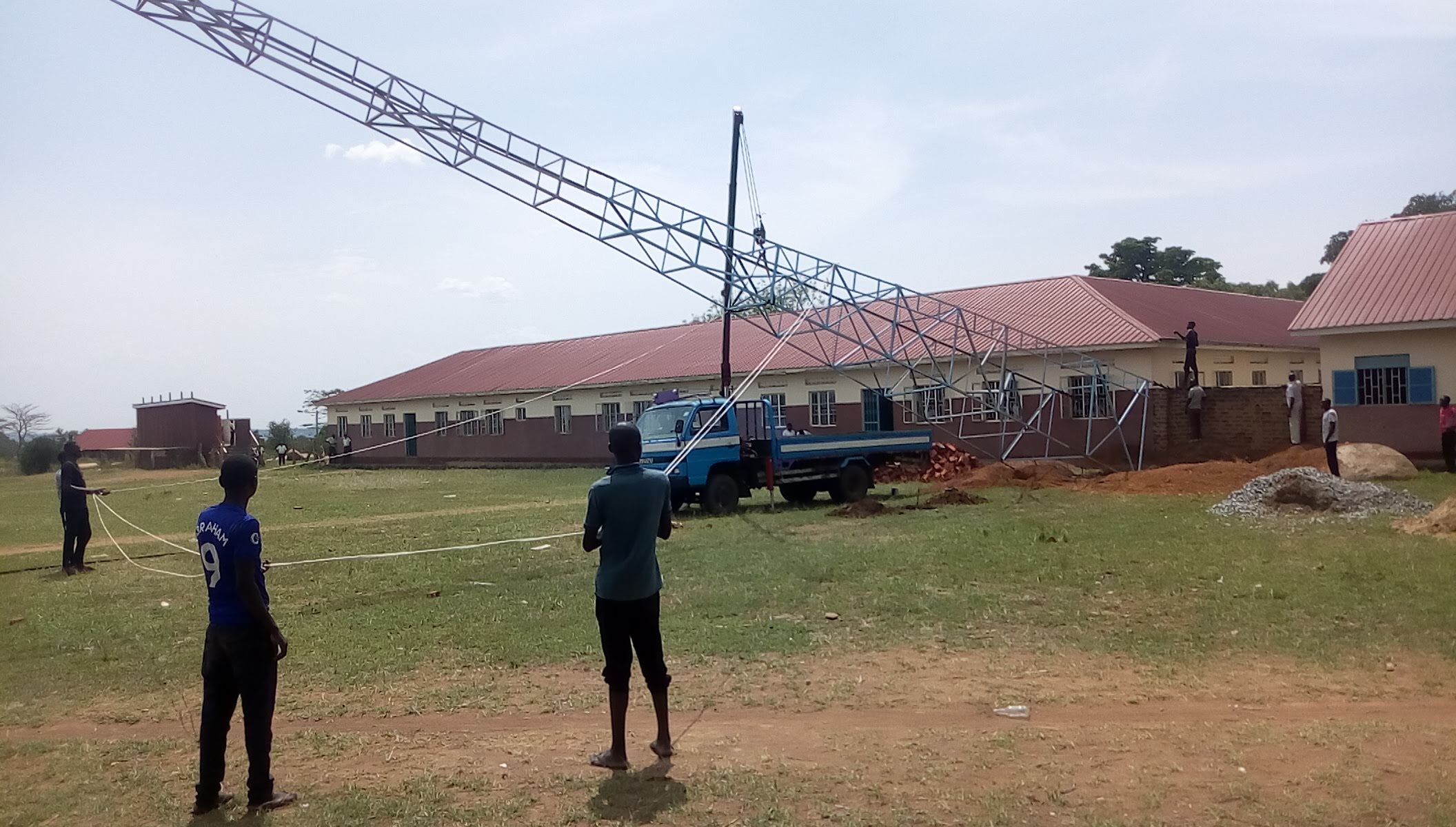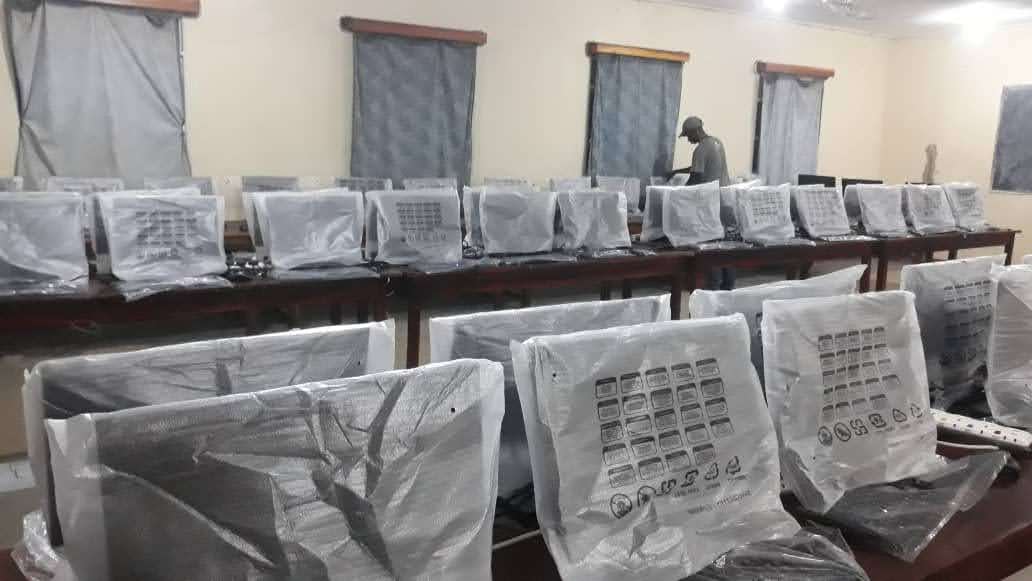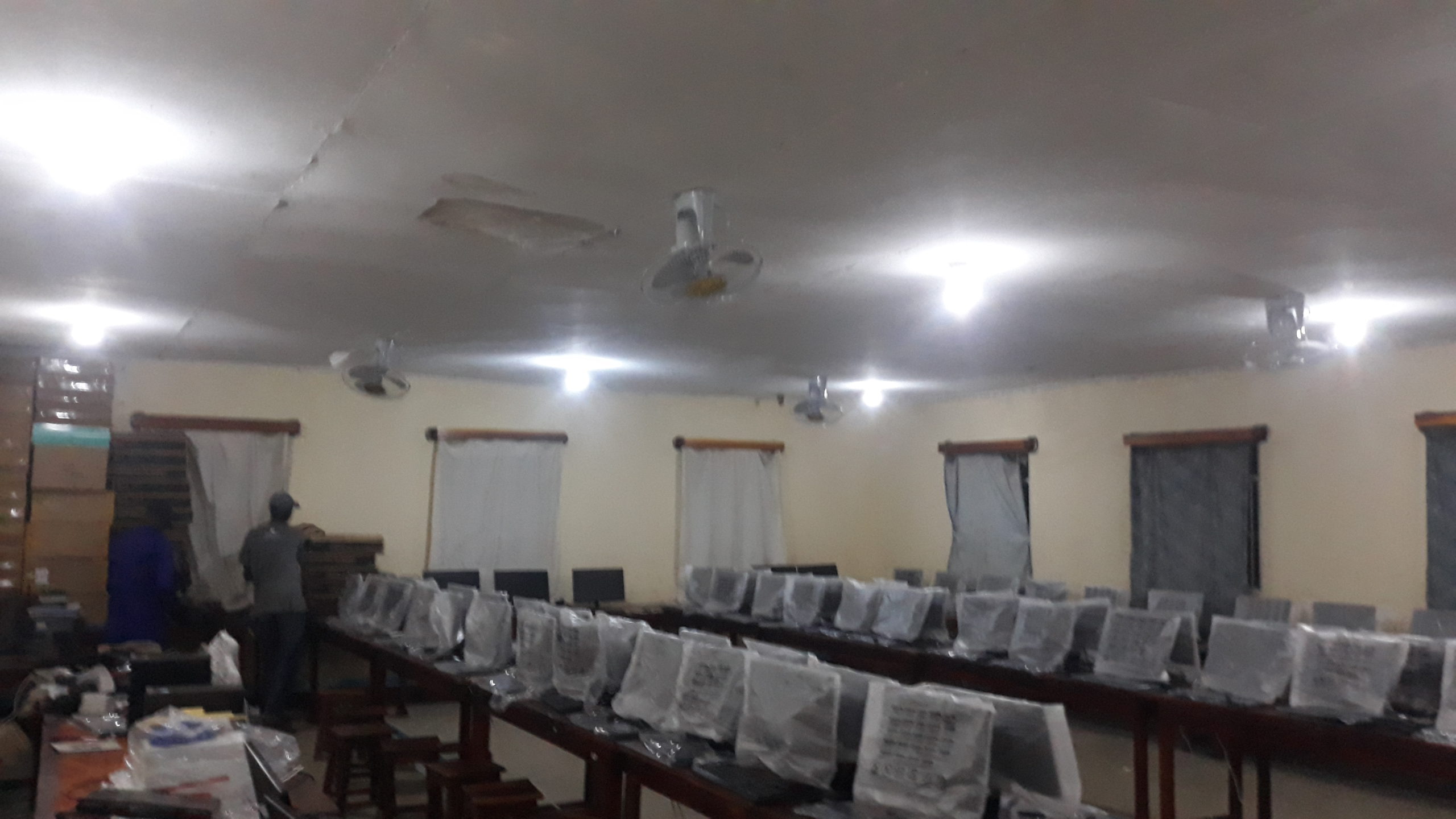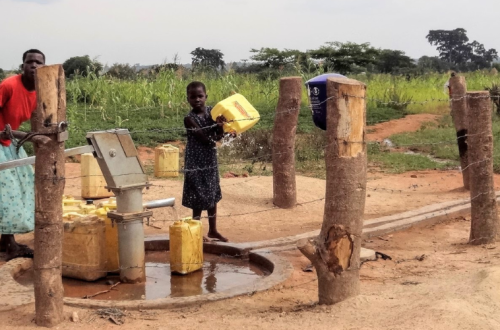
Technology: A Path for All
In today’s world, the role of computer experience cannot be overstated. This is especially true in countries where only a select portion of the population has this experience, as it can be the deciding factor between success and stagnation.
Uganda is one such country. Many of the students at John Paul Secondary School will not have operated a computer before doing so in class – compare this with the widespread use of technology in the United States, where children as young as one or two years old have their own tablets. That does not make Ugandan students’ knowledge of computers less important, though: if a Ugandan student in secondary school wants to enroll in university, they need to have studied computer science. And for some, that is impossible. However, the newly-expanded Anne Bidigare Computer Lab at JPSS seeks to meet this requirement and then some for its hundreds of ambitious students.
It was not as simple as buying a shipment of computers, plugging them in, and declaring the lab open, though. In the U.S., most students do not have to worry about drawing too much power; they can have numerous devices plugged into all of the outlets in their home without a second thought. At JPSS, it is the opposite. Solar panels bring in enough energy for the school to function, but that is the key word: enough. Staff and students need to be conservative in their energy usage, and as such, 60-some computers drawing power was out of the question.
The school’s computer science instructor, Francis Akol, proposed a solution: instead of powering and maintaining 60 individual computers, work with only three servers split 20 ways each. Using the technology from the NComputing company, Akol was able to make it so that 60 students could work at individual stations while only the screens and three large “parent” servers draw power. This is done by creating “virtual machines,” which act as separate operating systems running under the same server. The end result is virtually the same as having 60 individual computers, but with almost half of the cost and a quarter of the power usage.
The computer lab’s update was complemented by a necessary quadrupling of the solar panel capacity and, notably, a cell tower that brought internet connectivity to Chelekura for the first time. The following is a collection of key moments from the construction of the lab and cell tower, as well as their welcome reception from students and staff.







The roots of the tree under which JPSS was started have grown to form a vast network, with its different parts tapping into numerous, diverse areas of study. The expansion of the computer lab and access to the internet are only two of the many ways this has happened, and have given the students of JPSS a staggering amount of opportunity. After a lengthy hiatus due to COVID-19, students have finally returned to campus — and what was awaiting them was something that will strengthen their education and change the trajectories of their careers and their lives forever.



